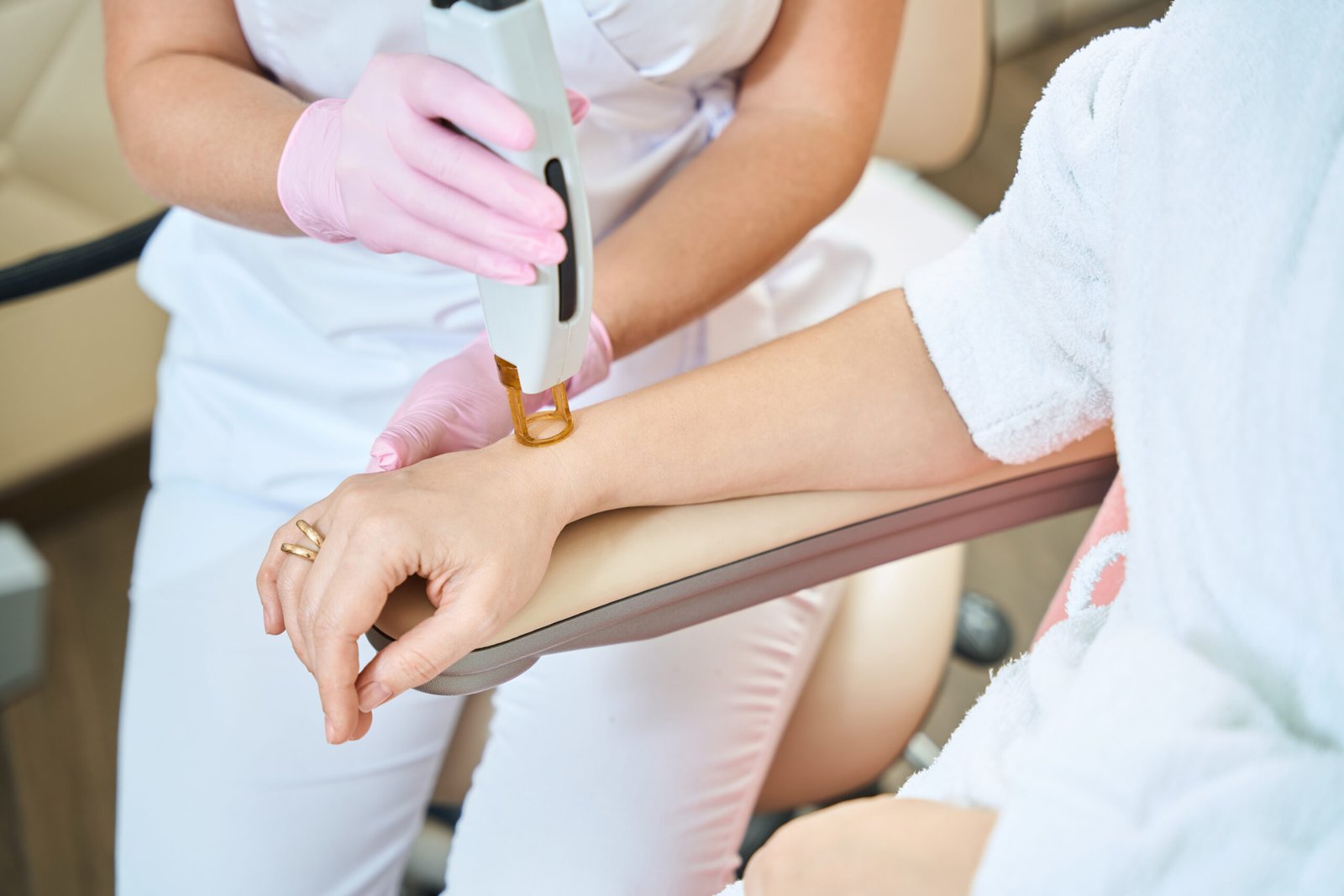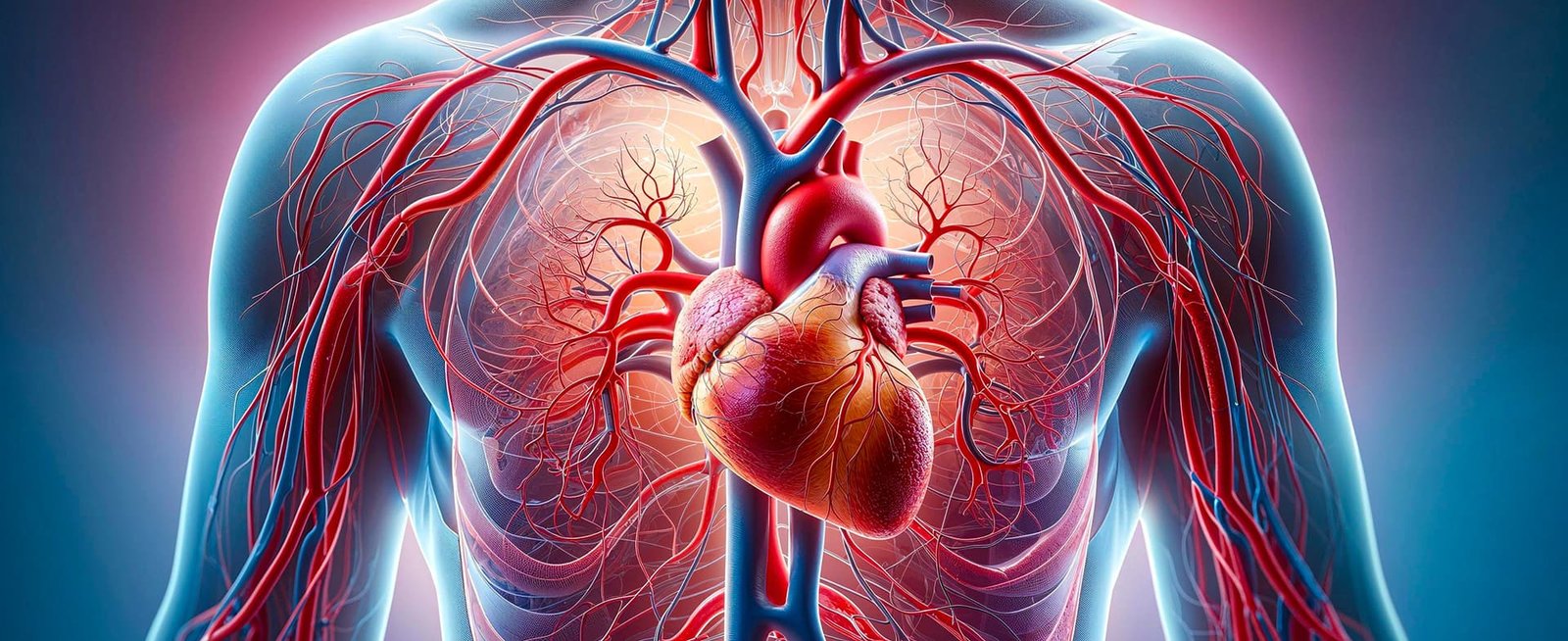
Laser technology has become a cornerstone of modern cosmetic surgery, revolutionising the way practitioners approach various procedures. From skin resurfacing to hair removal and scar revision, lasers offer precision, efficiency, and reduced recovery times compared to traditional methods. As these technologies continue to evolve, they are enhancing patient outcomes and expanding the range of treatments available.
In the UK, the popularity of laser-based cosmetic procedures has surged, driven by their minimally invasive nature and proven results. Patients are drawn to the promise of smoother, clearer, and more youthful skin without the need for lengthy downtime. This article explores the role of laser technology in cosmetic surgery, its key applications, and the innovations shaping its future.
The Science Behind Laser Technology
Lasers, or Light Amplification by Stimulated Emission of Radiation, use focused beams of light to target specific tissues in the skin. By adjusting the wavelength, intensity, and pulse duration of the laser, practitioners can treat a variety of cosmetic concerns with precision. The targeted nature of laser treatments ensures that surrounding tissues remain unaffected, reducing risks and speeding up recovery.
Lasers work through two primary mechanisms:
- Ablative Lasers: These remove the outer layers of skin to stimulate collagen production and promote the growth of new, healthy skin. Ablative lasers are often used for procedures like skin resurfacing and scar revision.
- Non-Ablative Lasers: These penetrate deeper layers of the skin without damaging the surface. Non-ablative lasers are commonly used for treatments like skin tightening, pigmentation correction, and vascular lesion removal.
Applications of Laser Technology in Cosmetic Surgery
Laser technology has revolutionised several cosmetic procedures, offering patients effective solutions for a wide range of concerns. Below are some of the most popular applications.
- Skin Resurfacing – Laser skin resurfacing is one of the most sought-after treatments for improving skin texture and tone. It is highly effective in addressing wrinkles, fine lines, sun damage, and acne scars. Ablative lasers, such as CO2 and erbium lasers, are commonly used for this purpose. These lasers work by removing the damaged outer layer of skin while stimulating collagen production in the underlying layers. The result is smoother, firmer, and more youthful-looking skin. Patients can customise the intensity of their treatment, with deeper resurfacing requiring longer recovery times but yielding more dramatic results. Non-ablative lasers, such as fractional lasers, offer a less invasive option for patients looking to improve skin quality with minimal downtime. These treatments create microscopic wounds in the skin, triggering the body’s natural healing process without removing the surface layer.
- Hair Removal – Laser hair removal has become a staple in cosmetic clinics, offering a long-term solution for unwanted hair. This treatment uses non-ablative lasers to target hair follicles, destroying them without harming the surrounding skin. Over multiple sessions, patients experience significant hair reduction, with treated areas remaining smooth and hair-free for extended periods. Advances in laser technology have made this treatment suitable for a wider range of skin tones and hair types. Modern devices, such as diode lasers and Nd:YAG lasers, are designed to minimise discomfort while delivering effective results. Patients typically require four to six sessions spaced several weeks apart to achieve optimal outcomes.
- Scar Revision – Lasers are highly effective in improving the appearance of scars, including those caused by surgery, injury, or acne. Fractional lasers are a popular choice for this purpose, as they target scar tissue while stimulating collagen production to promote skin regeneration. For hypertrophic or keloid scars, laser treatments can reduce redness, flatten raised areas, and improve texture. Ablative lasers may be used for deeper scars, while non-ablative lasers are ideal for milder cases. Patients often combine laser therapy with other treatments, such as microneedling or dermal fillers, to achieve the best results.
- Pigmentation and Vascular Lesion Correction – Pigmentation issues, such as age spots, freckles, and melasma, can be effectively treated with laser technology. Lasers work by breaking down the pigmented cells, allowing the body to naturally eliminate them over time. Q-switched lasers are particularly effective for pigmentation concerns, as they deliver high-intensity energy in short pulses to target melanin. Vascular lesions, such as spider veins and rosacea, can also be addressed using lasers. These treatments use specific wavelengths to target blood vessels, causing them to collapse and fade without damaging the surrounding skin.
- Skin Tightening – Non-ablative lasers are commonly used for skin tightening treatments, which stimulate collagen production in the deeper layers of the skin. These procedures are ideal for patients looking to address mild to moderate skin laxity on the face, neck, or body without undergoing surgery. Radiofrequency and laser combinations, such as fractional RF lasers, are among the latest innovations in skin tightening. These treatments deliver heat to the dermis, promoting collagen remodelling and achieving firmer, more youthful-looking skin over time.
Benefits of Laser Technology in Cosmetic Surgery
The popularity of laser treatments in cosmetic surgery is due to the numerous benefits they offer compared to traditional methods. These include:
- Minimally Invasive Treatments: Laser procedures typically involve minimal discomfort and downtime, making them an attractive option for patients seeking subtle improvements without major disruption to their daily lives.
- Precision and Control: Surgeons can adjust laser settings to target specific areas with precision, ensuring consistent and predictable results.
- Customisation: Laser treatments can be tailored to each patient’s unique needs, whether they require deep resurfacing or a gentle rejuvenation.
- Reduced Risk of Complications: Advanced laser technology minimises the risk of scarring, infection, and other complications associated with traditional surgical procedures.
- Faster Recovery Times: Many laser treatments allow patients to return to their normal activities within days, making them ideal for busy individuals.
Innovations in Laser Technology
The field of laser technology is constantly evolving, with new devices and techniques emerging to enhance safety, efficacy, and patient comfort. Some of the latest innovations include:
- Picolaser Technology: Picolasers deliver ultra-short pulses of energy, making them ideal for treating pigmentation issues, tattoo removal, and fine lines with minimal downtime.
- Fractional CO2 Lasers: These devices divide the laser beam into thousands of microscopic columns, allowing for targeted treatment while leaving surrounding tissue intact. This approach reduces recovery time and maximises results.
- Hybrid Lasers: Combining ablative and non-ablative wavelengths, hybrid lasers offer the benefits of both deep and surface-level treatments, making them versatile for a range of concerns.
- AI-Driven Devices: Artificial intelligence is increasingly being integrated into laser systems, enabling personalised treatment plans and improved precision.
Potential Challenges and Key Considerations
While laser technology offers many advantages, there are challenges and considerations to keep in mind. Patients should consult with qualified practitioners to ensure they receive safe and effective treatments tailored to their needs. Common challenges include:
- Skin Sensitivity: Patients with darker skin tones may be more prone to side effects, such as pigmentation changes, if inappropriate lasers are used.
- Multiple Sessions: Many laser treatments require a series of sessions to achieve optimal results, which can be time-consuming and costly.
- Post-Treatment Care: Proper aftercare is essential to minimise risks and ensure successful outcomes.
Advancing Laser Technology in Cosmetic Surgery
The future of laser technology in cosmetic surgery is promising, with continued advancements likely to expand its applications and improve patient outcomes. Innovations such as nanotechnology and augmented reality could further enhance precision and customisation, while AI-driven devices are expected to make treatments safer and more efficient.
As laser technology evolves, it is set to become an even more integral part of cosmetic surgery, offering patients a broader range of minimally invasive options. For clinics in the UK, staying at the forefront of these advancements will be key to meeting patient expectations and maintaining a competitive edge.
Conclusion
Laser technology has revolutionised cosmetic surgery, providing patients with effective, minimally invasive solutions for concerns such as skin resurfacing, hair removal, and scar revision. With continued innovation and refinement, these treatments are becoming safer, more accessible, and increasingly popular across the UK.
By combining precision, customisation, and reduced recovery times, laser technology represents the future of cosmetic procedures, empowering patients to achieve their aesthetic goals with confidence.






